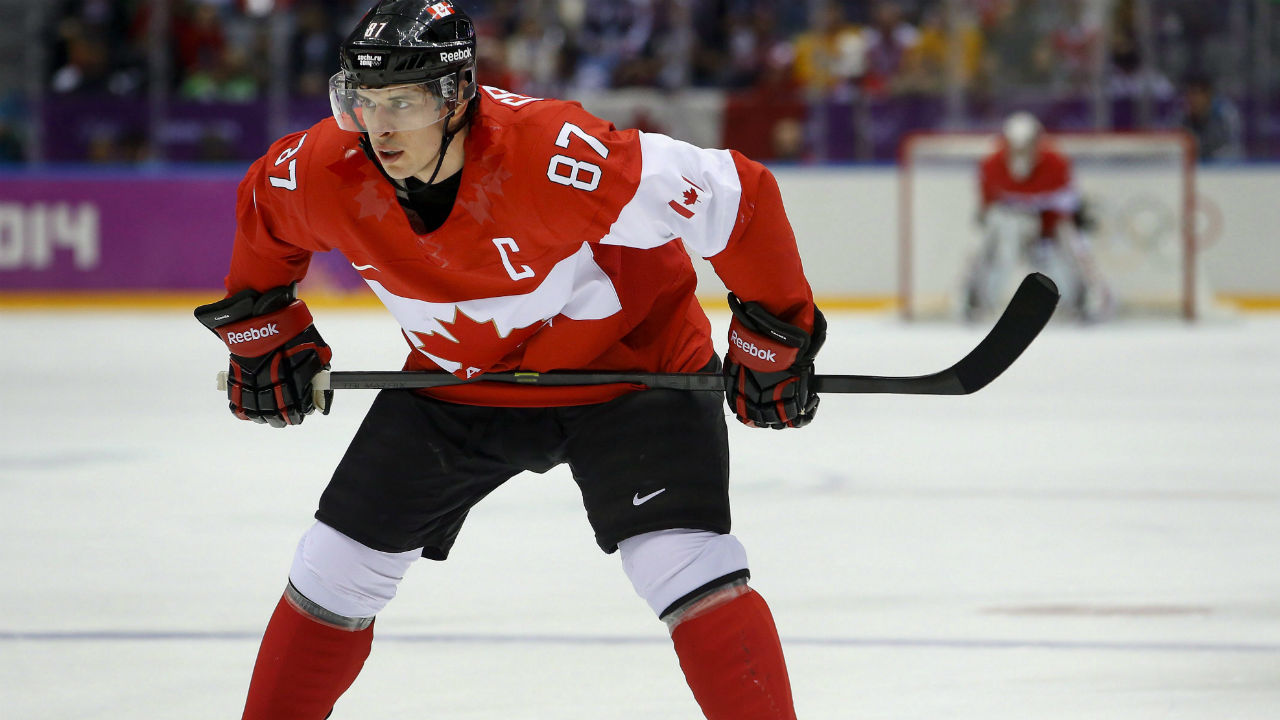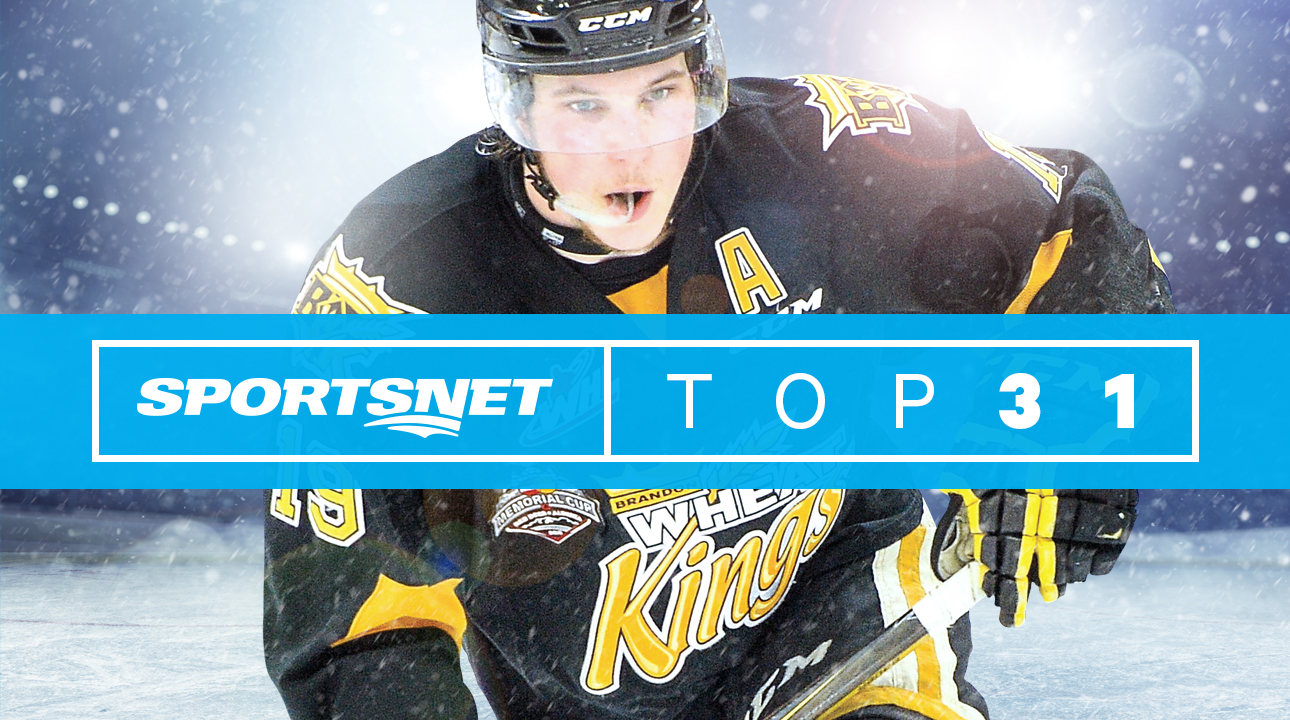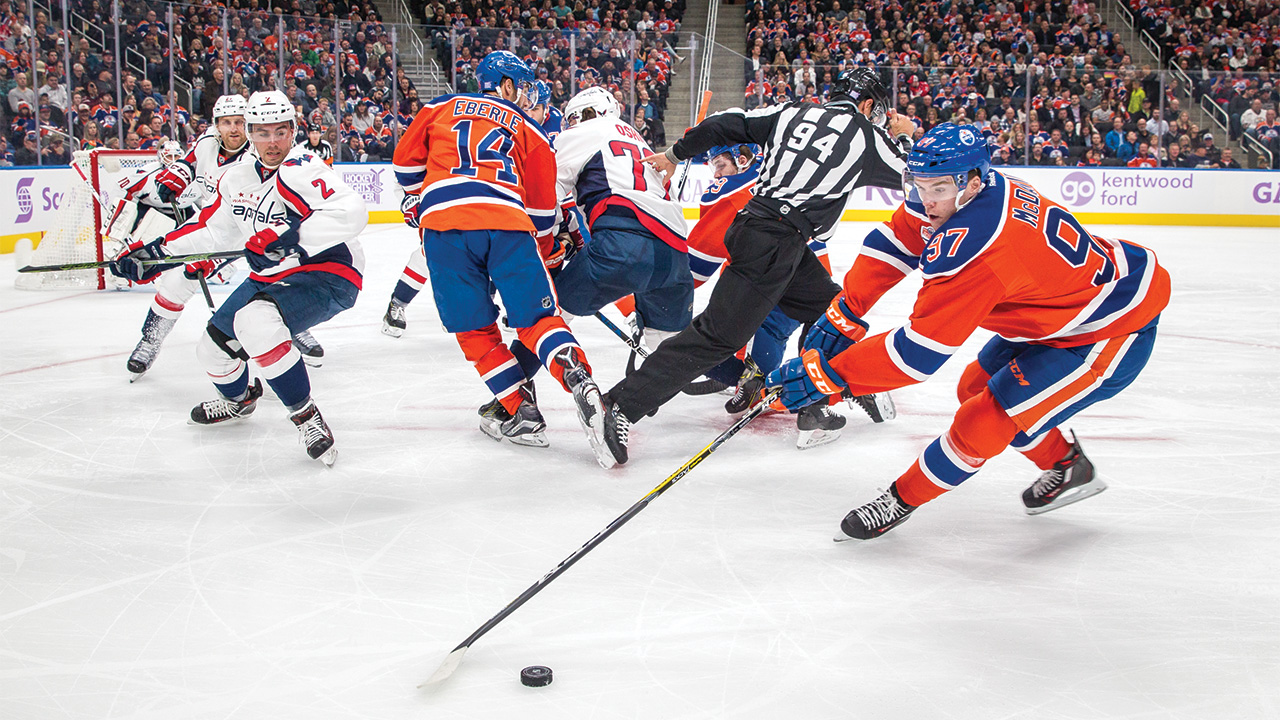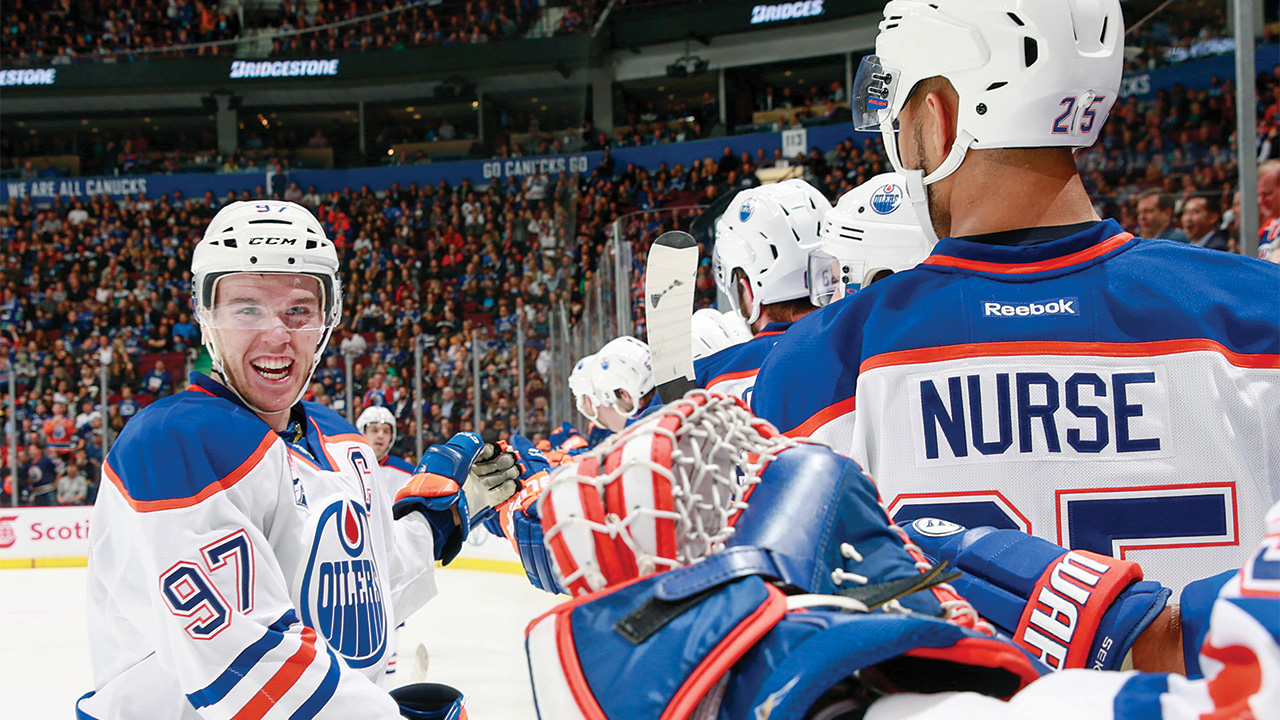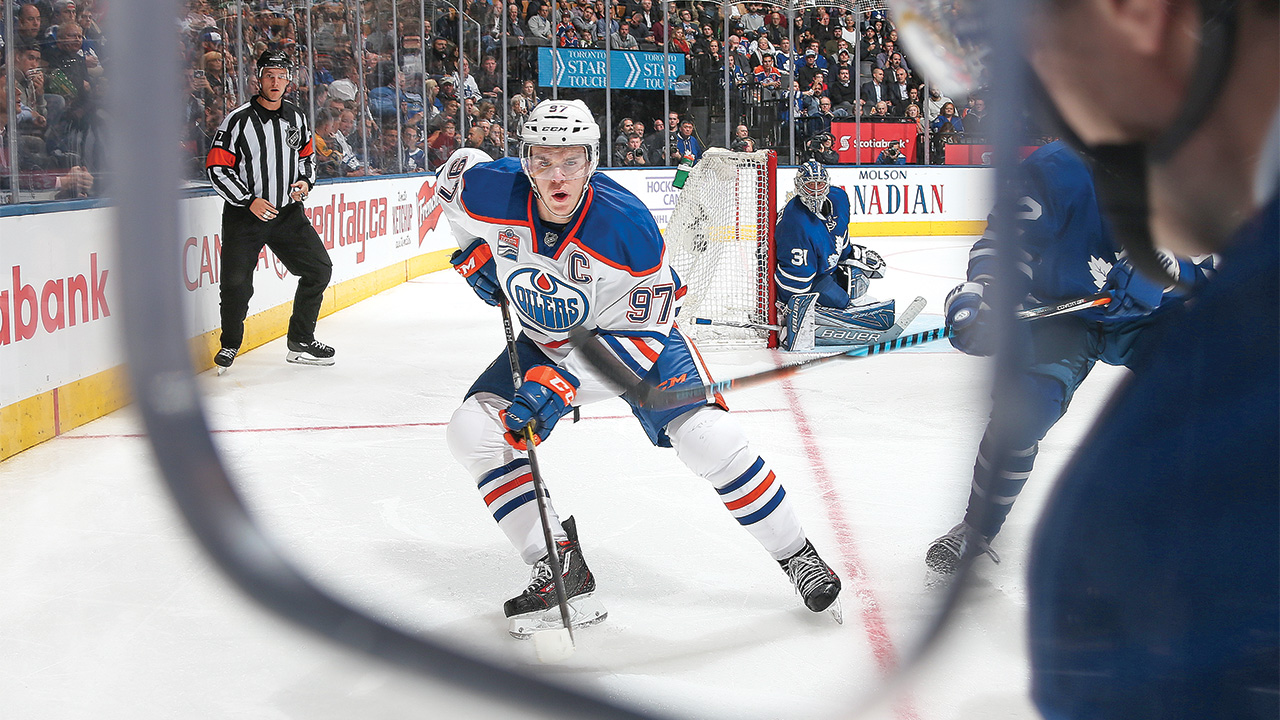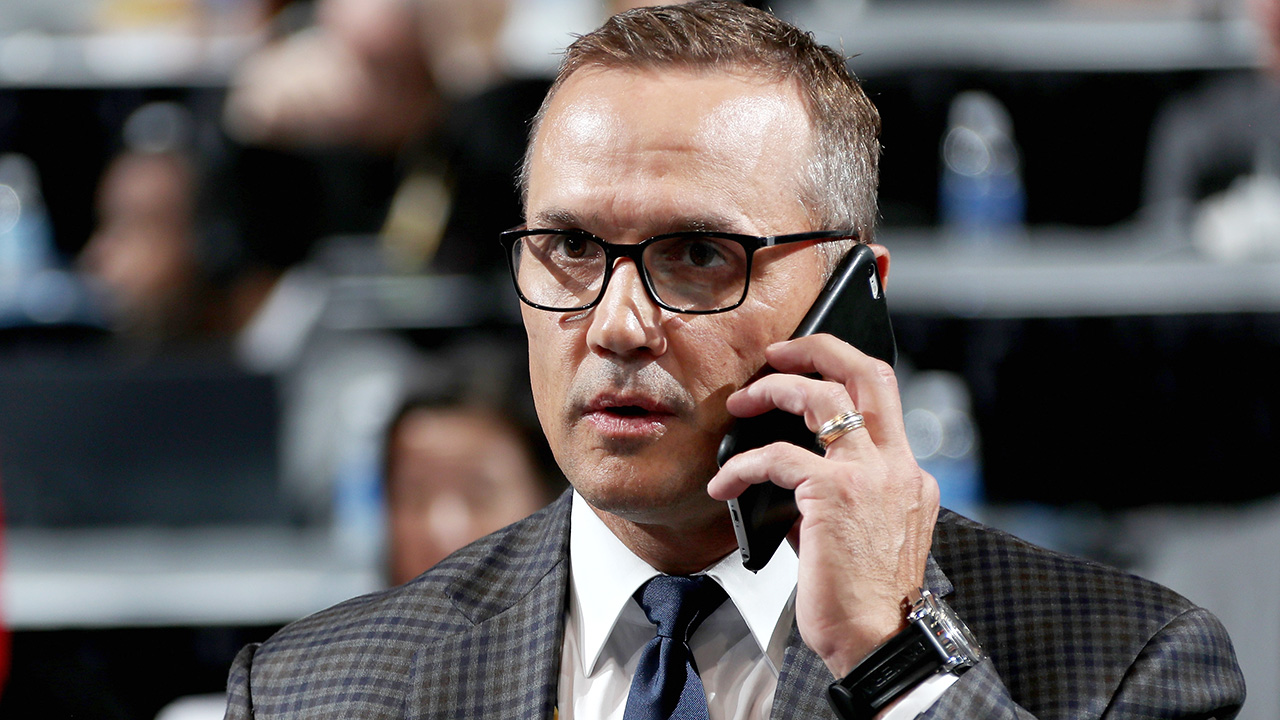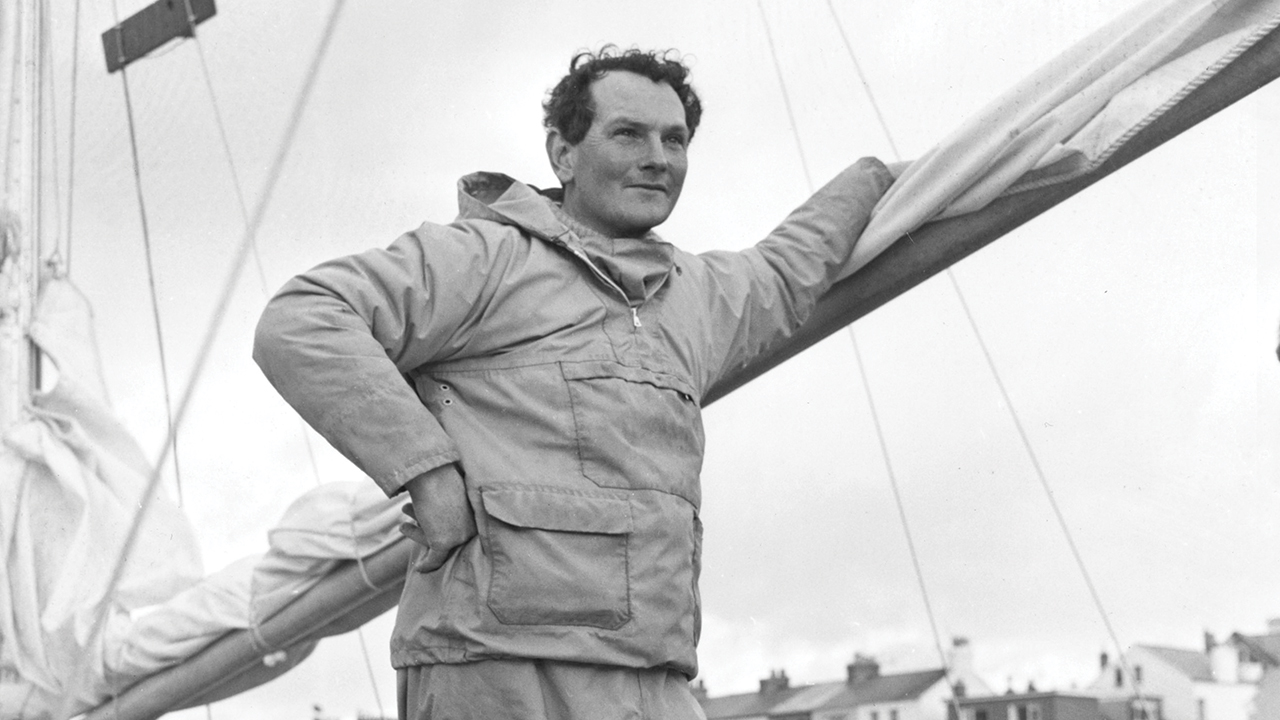He’s been around NHL hockey as a player and an executive 40-plus years, and these days he’ll log upwards of 110 games a season as a pro scout, mostly in the Western Conference. On this mid-November Saturday night, he’s in Glendale, Ariz., to see the Coyotes host Edmonton. It’s the third time he’ll see the Oilers live this month, the fifth time this season.
The pro scout will file reports like he usually does. His would be the industry standard. He’ll list lines and note scratches. He’ll log evaluations of players—some for coaches to put into play, some for reference if his GM were to consider a trade for anyone out there. Data analytics is ascendant, but organizations value the eyeball test.
There’s nothing much he can file about Connor McDavid that will come as breaking news to his team or any other, or in fact anyone at all with a casual interest in the game. In his second year in the league, after an injury-abbreviated rookie season, McDavid’s leading the NHL in scoring and running away with the race for highlight-reel moments. “A lot of the game is confidence,” the pro scout says. “As good as this kid was last year, as confident as he was, he’s taken it to another level this year. He knows he can do things the other guys can’t even imagine he’ll do. He’s got confidence you just don’t see every day or even every season.”
Arriving in Arizona, the Oilers are playing perhaps their best hockey since–well, their run to the Stanley Cup Final in 2006 comes to mind. A 5–0 win over Chicago on Nov. 21 stood as a high-water mark and a wake-up call to any team that would face Edmonton: the young team might not have figured out how to put it together every night, but on nights when they do, even the league’s perennial powerhouses risk being routed.
The pro scout admits that the phenom presents a challenge to the gatherers of intel. “Sometimes you can get caught up watching him and wondering how the hell he does what he does,” the scout says. “He does things that I’ve just never seen before—like Gretz or Mario or Orr. You can lose sight of the other guys out there or what you can do to stop him—if there’s anything.”



